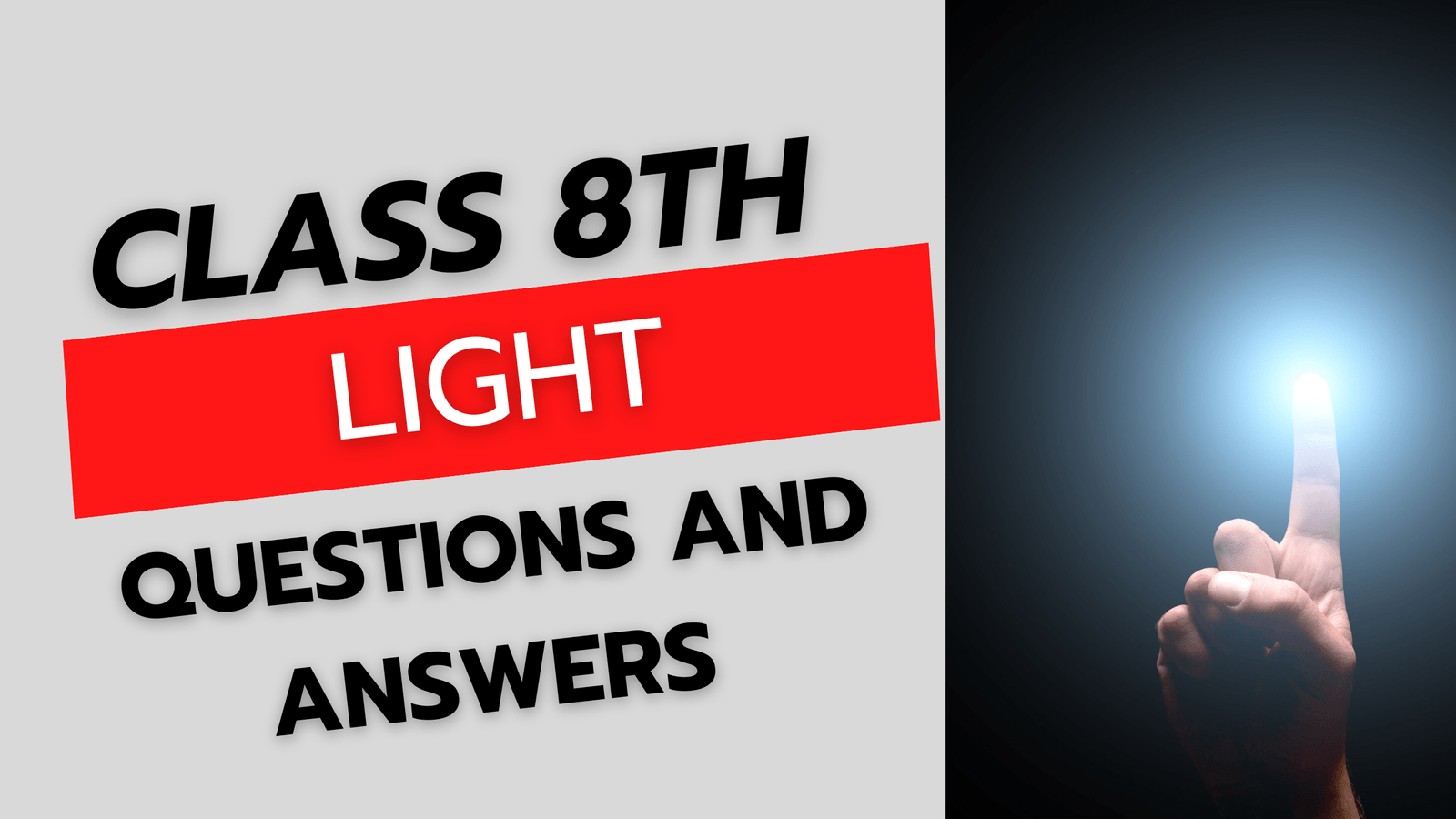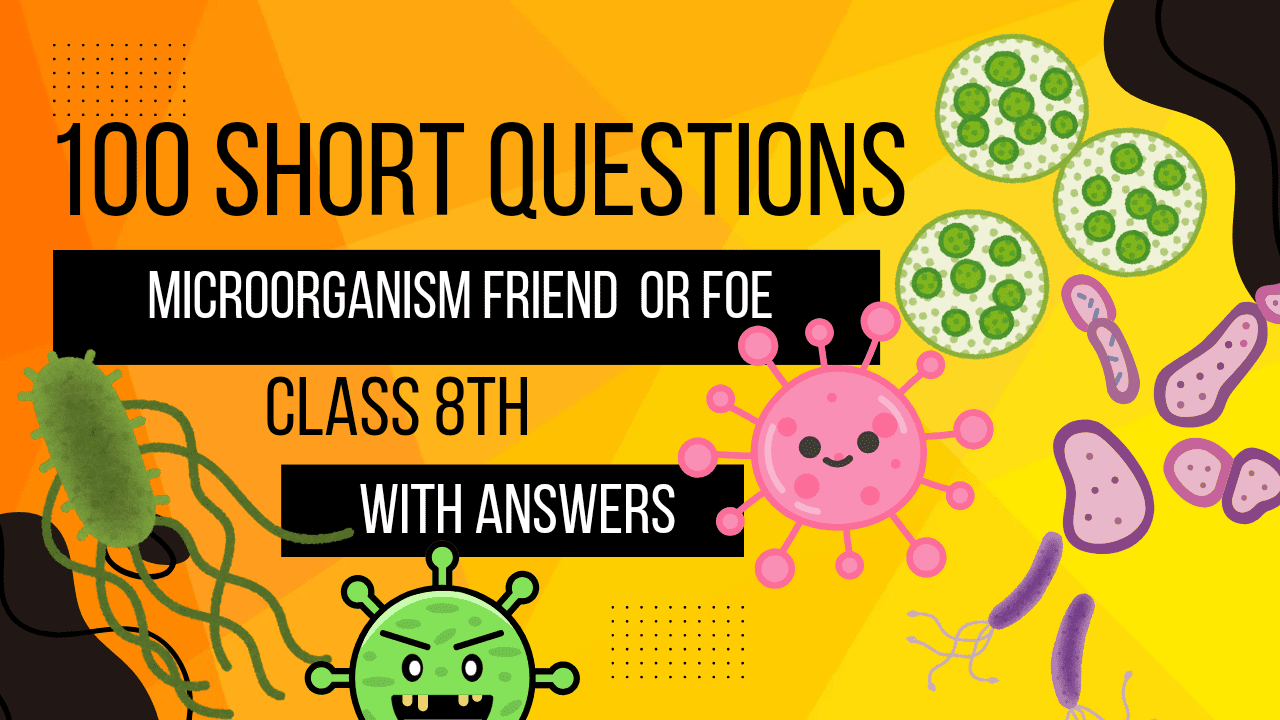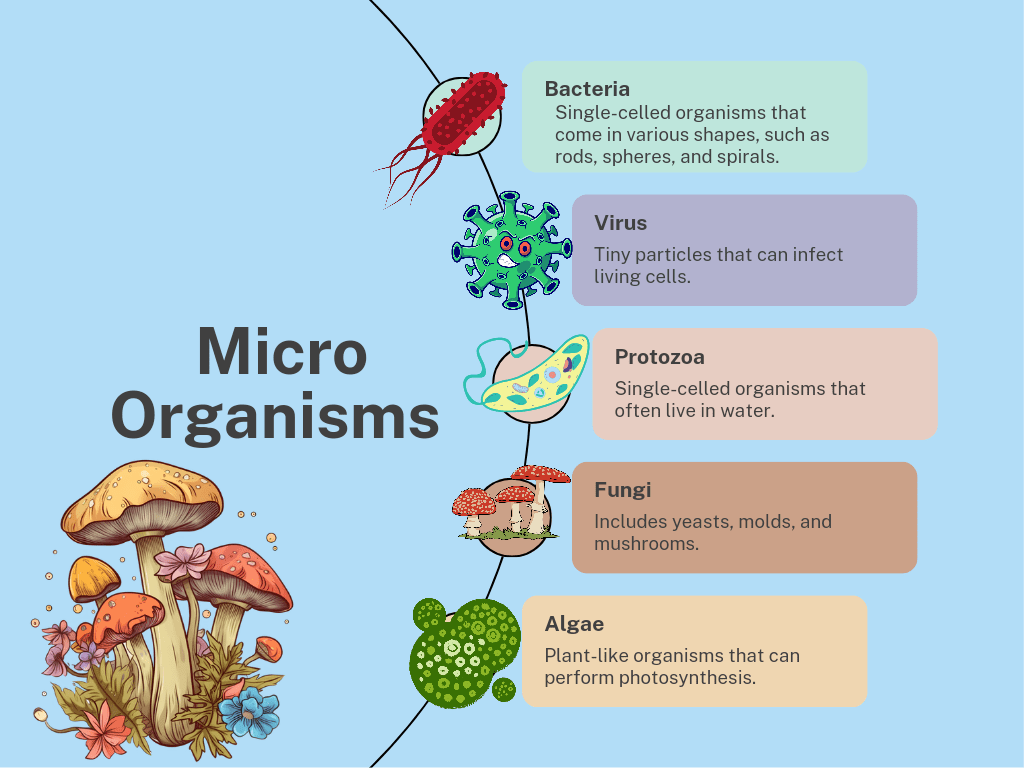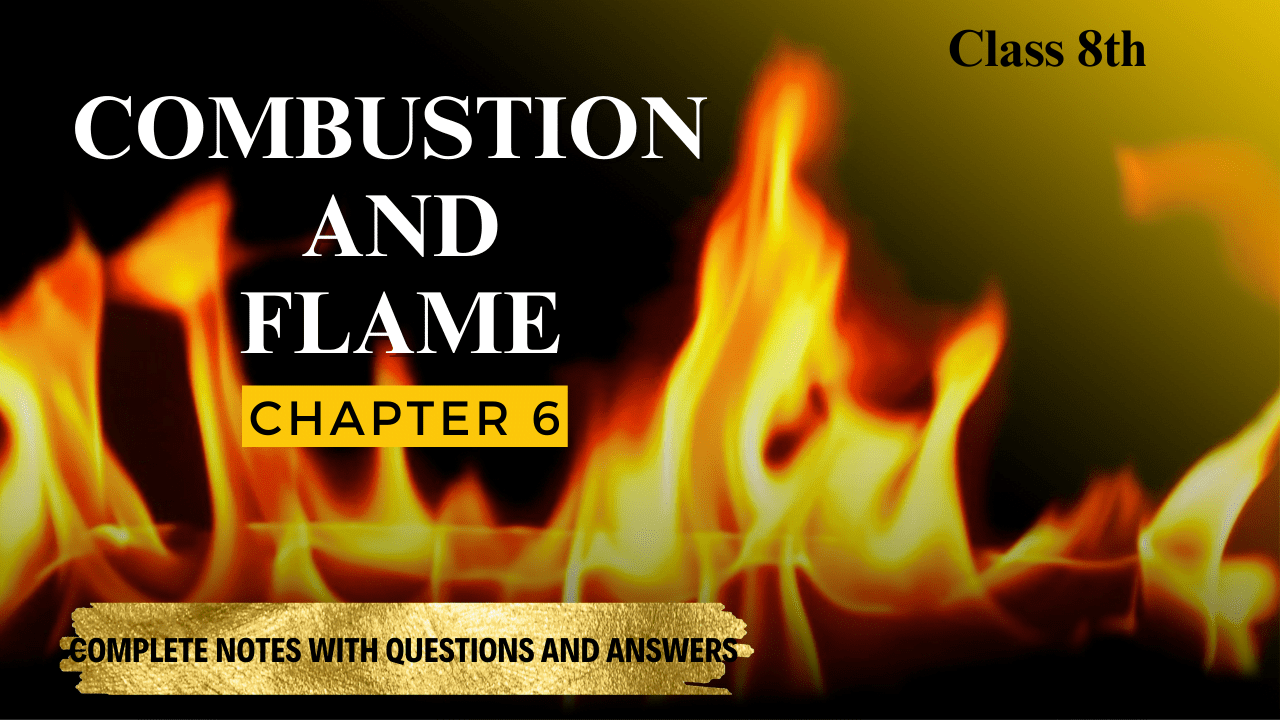The most important Questions and answers of Light chapter that are essential for board exams like CBSE, JKBOSE.
1. Suppose you are in a dark room. Can you see objects in the room? Can you see objects outside the room? Explain.
Can you see objects in the room?
- No, you cannot see objects in a dark room because there is no light to reflect off the objects into your eyes.
Can you see objects outside the room?
- Yes, if there is light outside the room, you can see objects outside by looking through an opening like a window or door.
2. Differentiate between regular and diffused reflection. Does diffused reflection mean the failure of the laws of reflection?
Regular Reflection:
- Occurs on smooth surfaces where parallel rays of light reflect in the same direction.
Diffused Reflection:
- Occurs on rough surfaces where parallel rays of light reflect in different directions.
Failure of Laws of Reflection:
- No, diffused reflection does not mean the failure of the laws of reflection. The laws still apply, but the irregularities of the surface cause the reflected rays to scatter in different directions.
3. Mention against each of the following whether regular or diffused reflection will take place when a beam of light strikes. Justify your answer in each case:
Polished wooden table:
- Regular reflection, because the polished surface is smooth.
Chalk powder:
- Diffused reflection, because the powdery surface is rough.
Cardboard surface:
- Diffused reflection, because the surface is rough and uneven.
Marble floor with water spread over it:
- Regular reflection, because the water creates a smooth surface.
Mirror:
- Regular reflection, because the mirror surface is smooth and polished.
Piece of paper:
- Diffused reflection, because the paper surface is not perfectly smooth.
4. State the laws of reflection.
First Law:
- The incident ray, the reflected ray, and the normal to the surface at the point of incidence all lie in the same plane.
Second Law:
- The angle of incidence is equal to the angle of reflection.
5. Describe an activity to show that the incident ray, the reflected ray, and the normal at the point of incidence lie in the same plane.
Activity:
- Place a mirror on a flat surface and draw a normal line at the point where the light will hit.
- Shine a light beam at the mirror and observe the reflected ray.
- Use a protractor to measure the angle of incidence and the angle of reflection, showing they are equal.
- Ensure the light beam, reflected beam, and normal line are all on the same flat surface, demonstrating they lie in the same plane.
6. What is inside our eyes?
Inside Our Eyes:
- The eye contains several parts including the cornea, iris, pupil, lens, retina, and optic nerve, all working together to process light and enable vision.
7. How can we take care of our eyes?
Taking Care of Eyes:
- Eat a healthy diet rich in vitamins.
- Protect eyes from excessive sunlight with sunglasses.
- Avoid straining eyes with prolonged screen time.
- Regularly visit an eye doctor for check-ups.
8. Visually impaired persons can read and write – explain how.
Reading and Writing:
- Visually impaired persons use Braille, a system of raised dots that can be felt with the fingers to read and write.
9. What is the Braille system?
Braille System:
- A tactile writing system consisting of raised dots arranged in cells, enabling visually impaired individuals to read and write by touch.
Additional Questions and Answers
10. What is the function of the cornea in the eye?
Function of Cornea:
- The cornea helps to focus incoming light onto the retina.
11. How does the lens of the eye work?
Lens Function:
- The lens adjusts its shape to focus light onto the retina, allowing us to see clearly at different distances.
12. What role does the retina play in vision?
Role of Retina:
- The retina converts light into electrical signals which are sent to the brain via the optic nerve.
13. What is the optic nerve?
Optic Nerve:
- The nerve that transmits visual information from the retina to the brain.
14. How does the iris control the amount of light entering the eye?
Iris Function:
- The iris adjusts the size of the pupil to control the amount of light entering the eye.
15. What is an incident ray?
Incident Ray:
- A ray of light that strikes a surface.
16. Define the term “normal” in the context of reflection.
Normal Line:
- An imaginary line perpendicular to the surface at the point of incidence.
17. What is a reflected ray?
Reflected Ray:
- A ray of light that bounces off a reflective surface.
18. Explain the importance of the angle of incidence.
Angle of Incidence:
- The angle between the incident ray and the normal, crucial for determining the angle of reflection.
19. How do optical illusions occur?
Optical Illusions:
- They occur due to the brain misinterpreting visual information received from the eyes.
20. Why do we have two eyes?
Two Eyes:
- Having two eyes allows for depth perception and a wider field of view.
21. What is the blind spot in the human eye?
Blind Spot:
- The point on the retina where the optic nerve exits, lacking photoreceptors, causing an absence of visual information in this area.
22. What is myopia?
Myopia:
- Nearsightedness, a condition where distant objects appear blurry.
23. What is hypermetropia?
Hypermetropia:
- Farsightedness, a condition where nearby objects appear blurry.
24. What is astigmatism?
Astigmatism:
- A condition where the cornea or lens is irregularly shaped, causing blurred vision.
25. What are rod cells and cone cells?
Rod and Cone Cells:
- Rod cells are responsible for vision in low light, while cone cells detect color and detail in bright light.
26. How does the brain interpret images?
Image Interpretation:
- The brain processes signals from the optic nerve to create a coherent visual representation.
27. What is the aqueous humor?
Aqueous Humor:
- A clear fluid in the front part of the eye that nourishes the cornea and lens.
28. What is the vitreous humor?
Vitreous Humor:
- A gel-like substance filling the main cavity of the eye, helping it maintain shape.
29. How do sunglasses protect our eyes?
Sunglasses Protection:
- They block harmful UV rays and reduce glare, protecting the eyes from damage.
30. What is color blindness?
Color Blindness:
- A deficiency in seeing certain colors, usually due to the absence or malfunction of cone cells.
31. What is the function of tears?
Function of Tears:
- Tears lubricate the eyes, remove debris, and protect against infections.




